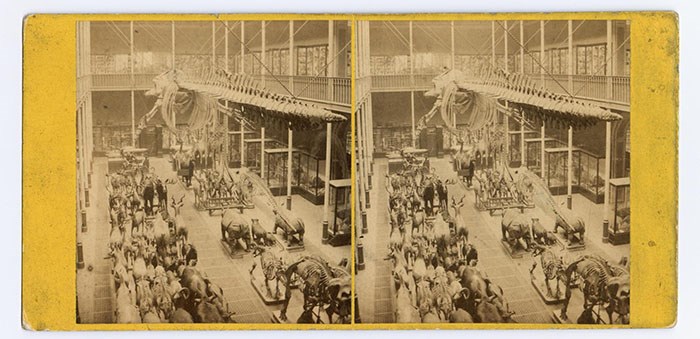 Image above: Stereocard of the Art and Science Museum, Edinburgh by H Gordon
Image above: Stereocard of the Art and Science Museum, Edinburgh by H Gordon
Following its presentation to the world at the Great Exhibition in London in 1851, the stereoscope – a device that makes images appear 3D – mesmerised Victorians. Collecting and viewing stereo photographs became a craze.
Stereoscopes were produced in different price ranges, thousands of stereo images were printed and bought each year, and one company involved in this boom, The London Stereoscopic Company, proclaimed: ‘No home without a stereoscope.’
The course has been developed following the major exhibition at the National Museum of Scotland in 2015, Photography: A Victorian Sensation, and many of the images in this course are drawn from the National Museums Scotland collection.
The course lasts for two weeks and registrants need to commit 3 hours per week. A certificate will be provided.
Use the hashtag #FLstereoscopy to join and contribute to social media conversations about this course.
See more and sign up here: http://nms.ac.uk/stereoscopy

Comments
I did the course and enjoyed it. I hope they repeat it: http://tomruffles.blogspot.co.uk/2016/08/stereoscopy-introduction-t...